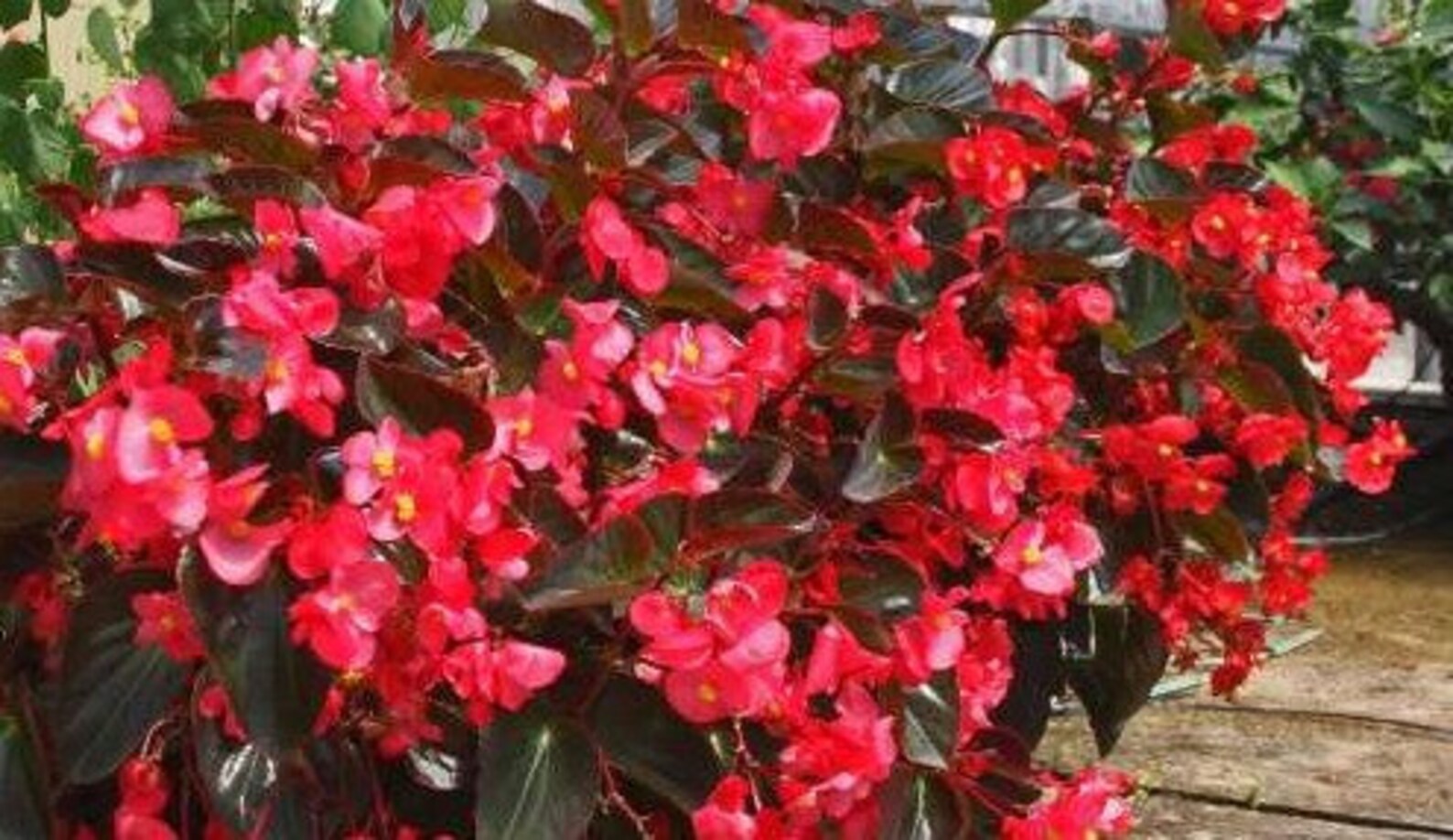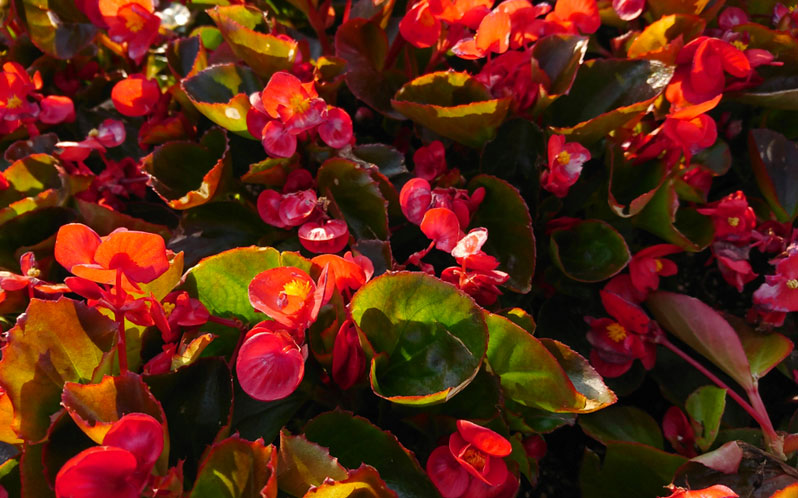
- #Wax begonia seeds harvesting how to#
- #Wax begonia seeds harvesting full#
- #Wax begonia seeds harvesting series#
‘Pizzazz Series’ includes white, red, and pink cultivars.The compact plants have bright green foliage. ‘Prelude Series’ hold up well through rain and heat.The flower colors are ‘Brandy’ (pink), ‘Gin’ (rose-pink), ‘Rum’ (white with a rose-red edge), ‘Vodka’ (red), and ‘Whiskey’ (white).
#Wax begonia seeds harvesting series#
‘Cocktail’ series is 6 to 8 inches tall with bronze foliage.

#Wax begonia seeds harvesting full#
These begonias are not restricted to partial shade they can be grown in full sun as well. Wax Begonias ( Begonia x semperflorens-cultorum): Few other annuals can beat the wax begonias for hardiness and continuous flowering throughout the summer. Most begonia species are tender in South Carolina, but the beautiful and perennial hardy begonia will grow throughout the state. The most common begonias for growing in southern landscapes are the fibrous-rooted semperflorens begonias (or wax begonias) and tuberous begonias. The Begonia genus is a large and varied group, with more than 1,000 different species. Plants should be placed 12 inches apart for the best effect in the garden and somewhat closer in containers.

Landscape Useīedding varieties maintain a tidy and uniform habit and are ideal for small flowerbeds.
#Wax begonia seeds harvesting how to#
Most begonias are not “heavy feeders ” therefore, apply a complete slow-release fertilizer formulated for annual flowers according to package instructions.įor information on how to prepare your landscape beds for planting begonias, see HGIC 1152, Growing Annuals. Irrigation via drip tape, using a soaker hose, or watering early in the mornings, will reduce fungal disease problems. When watering begonias, be sure not to water when the hot sun is hitting the foliage as the leaves will be scorched. Bronze-leaved wax begonias ( Begonia x semperflorens-cultorum) grow better with full sun exposure than other types, whereas green-leaved cultivars are best planted in morning sun and afternoon shade to prevent sunscald on the leaves. In general, begonias need bright light to flower well however, some will burn if the light is too intense. Most begonias grow well in partial shade with moist, well-drained soil containing plenty of organic matter. For more information on insect and disease problems, see HGIC 2104, Flowering Bulb Insect Pests, HGIC 2049, Powdery Mildew, and HGIC 2100, Gray Mold (Botrytis Blight). Remove infected plants to mitigate the spread of viruses. Viral infection can cause distorted leaves, black patches on the leaves, or light-colored rings or wavy lines to form on the leaves or blooms. Begonias are also vulnerable to viruses transmitted by thrips like Impatiens Necrotic Spot Virus (INSV) and Tomato Spotted Wilt Virus (TSWV). For more information on how to test a small application area for sensitivity, see HGIC 2771, Insecticidal Soaps for Garden Pest Control. Begonias may be sensitive to insecticidal soaps. The major pests of begonias are mealy bugs, spider mites, thrips, scales, snails, and slugs. Problemsĭisease problems associated with begonias include Botrytis blight and stem rot, powdery mildew, and Pythium root and stem rot. Another benefit of planting begonias is that they are deer and rabbit resistant. They can be used as bedding plants and in window boxes, hanging baskets, and other containers. Some begonias, such as wax begonias and newer hybrid begonias, will continually flower throughout the summer. Ornamental Featuresīegonias are grown for their foliage and or attractive flowers.


While most begonias will be between 8 inches and 2 feet tall, growth habits will vary widely with different species and cultivars. Smith, ©2020 HGIC, Clemson Universityįor beautiful foliage and a constant display of color throughout the season, grow begonias. For beautiful foliage and a constant display of color throughout the season, grow begonias, such as this beautiful Angel Wing Begonia ( Begonia coccinea).īarbara H.


 0 kommentar(er)
0 kommentar(er)
